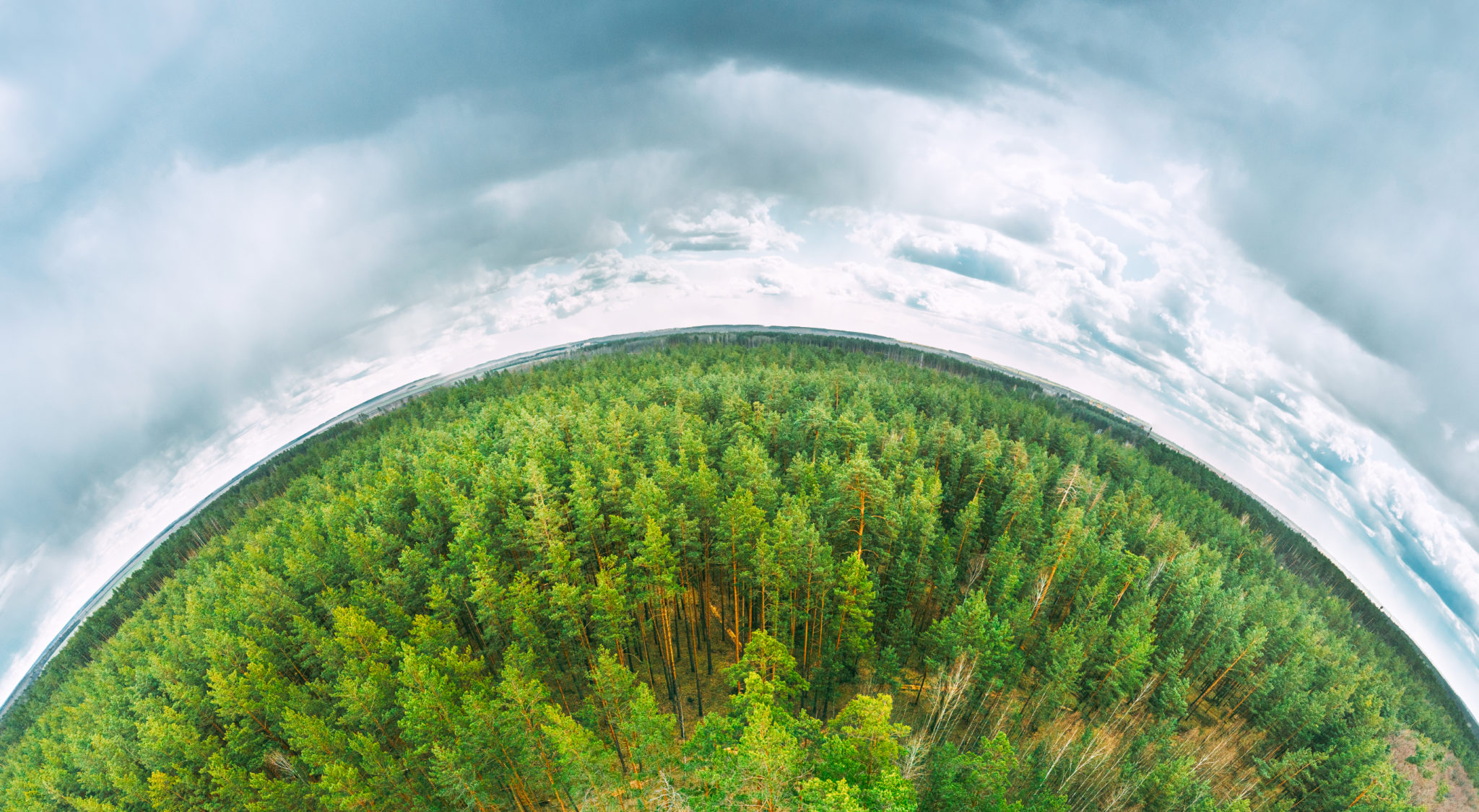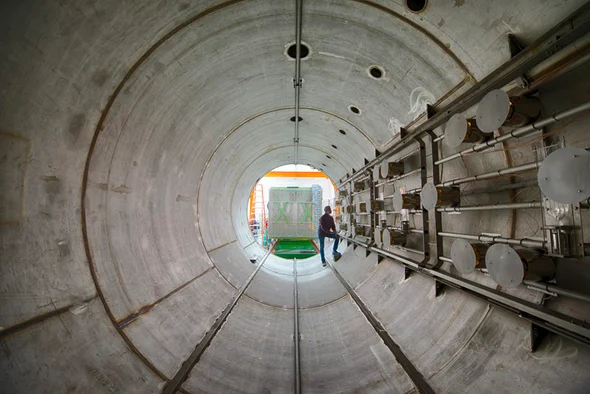Are Ecosystems Designed for Resilience?
Has Earth been designed with complex ecosystems that show resilience despite human impact?
Hundreds of research papers have been published during the past decade addressing the threats that expanding human activity poses on natural ecosystems. These papers attempt to discern early warning signs of ecosystem collapses and the less serious ecosystem degradations in specific geographical regions and what can be done to avoid, or at least forestall, these collapses and degradations. Now, a new study reveals that natural ecosystems, especially the more complex ones, are more resilient to ecosystem degradation than previously thought.1
Anthropocene Extinction Event
The study was conducted by six ecologists from the Netherlands, Italy, and India led by Max Rietkerk at Utrecht University. The team begins by pointing out that Earth’s life now faces the sixth great extinction event known as the Anthropocene.2 The International Union of Geological Science officially approved the term as a subdivision of geologic time marking when human activity significantly impacted Earth’s geological features and ecosystems. Beginning at about the launch of the Industrial Revolution in the late eighteenth century, the extinction rate of plant species, and especially of animals, noticeably rose. With the continuing growth of the human population and the increase in human activity, especially since the end of World War II, the extinction rate has risen exponentially.
The Anthropocene extinction now rivals—some scientists claim even exceeds—the rate of extinctions during the past five great extinction events (see table).
Past Five Great Extinction Events
| Extinction Event | Time Period | Species Extinction Rate |
| Ordovician-Silurian | 440 million years ago (mya) | Up to 70% |
| Late Devonian | 375 mya | Nearly 80% |
| Permian-Triassic | 252 mya | 90–96% |
| Triassic-Jurassic | 201 mya | More than 50% |
| Cretaceous-Tertiary | 66 mya | 75% |
The extinction drivers for these five were huge asteroids or comets striking Earth with such force that they blanketed Earth’s atmosphere with dust and aerosols and ignited widespread volcanic eruptions. The extinction driver for the Anthropocene is human activity—namely, overharvesting certain species and encroaching on or destroying ecosystem habitats.
Extinction Warning Signals
For the past several decades, ecologists have presumed that critical transitions, or tippings from one ecological state to a different one caused by human activity, are driving extinction during the Anthropocene. When the tipping results in a less desirable or less stable ecological state, species within that state are subject to greater risk of extinction.
Conservation biologists, therefore, have focused much of their research on discovering early warning signals for ecosystem-critical transitions. One such signal that has garnered attention is spatial self-reorganization—the development of new regular vegetation patterns. Another way to describe it is the observation that trees and other large plants have reorganized and are growing in new patterns in an ecosystem.
Evasion of Tipping
Rietkerk and his colleagues cite both ground and satellite observations of real-time ecosystems and mathematical analysis of spatial models to demonstrate that spatial self-reorganization is often not a warning signal of imminent extinction but rather of resilience. They show that the observations and mathematical analysis both reveal multistability. Multistability is the property of many different environmental spatial patterns occurring at the same time under the same environmental conditions where each pattern can remain stable for a wide range of environmental conditions.
Multistability requires a complex ecosystem with a broad diversity of plants, animals, and microbes. The team of ecologists established that complex ecosystems can persist beyond tipping points through spatial self-reorganizations.
Design/Creation Implications
This research shows that Earth’s life is not as fragile as most ecologists had presumed. Evidently, Earth’s life is designed for resilience in ways that biologists had not previously recognized. Rietkerk and his colleagues close their paper with an exhortation to biologists and ecologists to increase their understanding of biological designs for resilience and determine where the real risks of extinction lie.
Clearly, however, species diversity is a key factor in enhancing and preserving ecosystem resilience. Rietkerk’s team’s research affirms RTB’s biblical creation model for Earth’s life. RTB scholars posit that God’s designs for the resilience of Earth’s life and his creating a wide diversity of species are the central themes of the longest creation psalm in the Bible, Psalm 104. This text declares that life flourishes everywhere on Earth across a broad spectrum of environments and always with a great diversity of organisms. Here is a short excerpt:
How many are your works, Lord! In wisdom you made them all; the earth is full of your creatures. There is the sea, vast and spacious, teeming with creatures beyond number—living things both large and small.
Creation Care Implications
In Genesis 1 God assigns responsibility to Adam and Eve and their progeny to manage Earth’s resources for their benefit and the benefit of all life. As Job 37–39, Psalm 104, and the other creation psalms explain, humans and all of Earth’s life benefit from the great diversity and abundance of life that God has created and designed. Thus, we should do everything we can to preserve the diversity and abundance of life that God gave us.
What makes our responsibility all the more critical is that we are in the period of God’s rest (Genesis 2:1-3, Psalm 95:11, Hebrews 3:18–4:11). During the human era, God has rested and continues to rest from his creation work. He is no longer replacing species of life that go extinct with new species.
Human activity has had an especially damaging impact on Earth’s birds and mammals, particularly the large-bodied bird and mammal species, the very creatures God created and designed to serve and please us and make our global civilization possible. Research findings show that emphasis on the preservation of the largest tree species and the largest-bodied bird and mammal species will yield the greatest payoff in preserving biodiversity, ecosystem processes and health, and climate change mitigation.3 That’s a payoff worthy of human efforts and consistent with our role as creation caretakers.
Endnotes
- Max Rietkerk et al., “Evasion of Tipping in Complex Systems through Spatial Pattern Formation,” Science 374, no. 6564 (October 8, 2021): id. eabj0359, doi:10.1126/science.abj0359.
- Jeremy B. C. Jackson, “Ecological Extinction and Evolution in the Brave New Ocean,” Proceedings of the National Academy of Sciences USA 105, supplement 1 (August 12, 2008): 11458–11465, doi:10.1073/pnas.0802812105; S. A. Wooldridge, “Mass Extinctions Past and Present: A Unifying Hypothesis,” Biogeosciences Discussions 5, no. 3 (June 2008): 2401–2423, doi:10,5194/bgd-5-2401-2008.
- Brian J. Enquist et al., “The Megabiota Are Disproportionately Important for Biosphere Functioning,” Nature Communications 11 (February 4, 2020): id. 699, doi:10.1038/s41467-020-14369-y.






